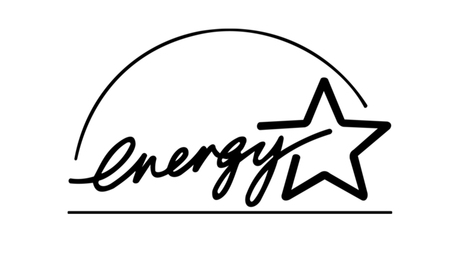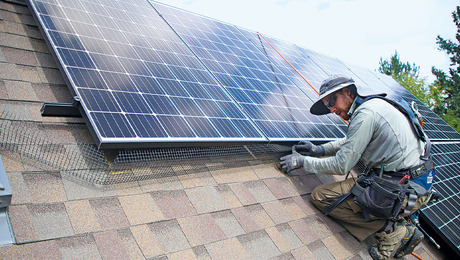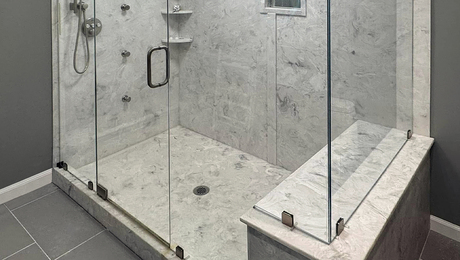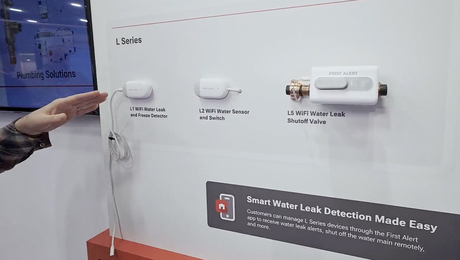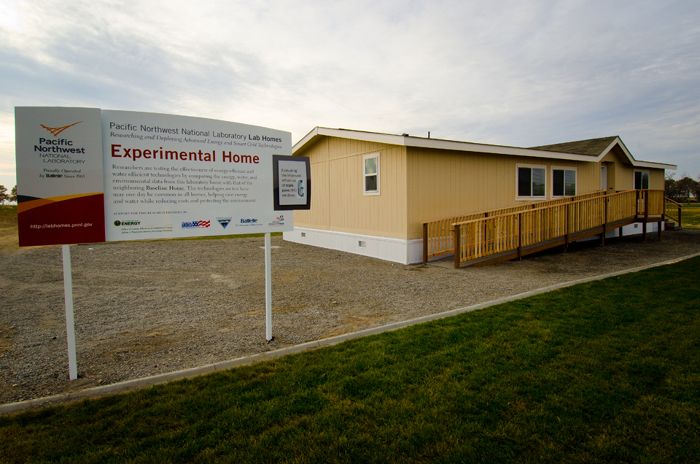
Storm windows with a low-e coating reduce heating and cooling costs, increase air tightness and offer similar energy benefits as new windows but at a much lower cost, a recent federal study says.
Researchers at the Pacific Northwest National Laboratory (PNNL) in Richland, Wash., used two modular houses, one with low-e storm windows and one without, to compare energy use. Their findings support results from a number of field trials, including a 2007 Chicago study by the Lawrence Berkeley National Laboratory.
The U.S. Department of Energy’s Office of Energy Efficiency & Renewable Energy said in a press release the results were an important step in making the storm windows more available through weatherization and utility incentive programs.
A low-e, or low-emissivity, coating is a very thin layer of metal that reflects radiant energy and lowers the U-value of the glass. Low-e coatings are common on all types of new and replacement windows, but apparently haven’t made as big an impact in the storm window market.
Adding low-e storms is much cheaper than a wholesale window replacement with similar energy savings. The Department of Energy estimates the storms cost between $60 and $200 per window, and says they can be installed quickly. Lowe’s lists a 36-in. by 55-in. low-e aluminum storm on its website for $94.
“You hear the word ‘storm window’ and think immediately of Grandma’s storm windows, which had to be removed seasonally and were clunky, ugly old things,” Tom Culp of Birch Point Consulting and a member of the PNNL team said in the lab’s announcement. “Today’s storm window not only offers a new, modern design, it brings a tremendous opportunity to cost-effectively improve performance in windows. Low-e storm windows today cost about a quarter of what full window replacement would cost but bring similar energy savings. They’re operable, add comfort, and have a modern aesthetic.”
Details of the lab’s testing
The research was carried out at a pair of 1500-sq.-ft. houses, identical in construction and performance, according to the lab. Researchers installed exterior low-e storm windows over the double-pane, clear glass, aluminum-frame windows in one of the houses while leaving the second house as it was. Then they measured energy use.
For identical occupancy conditions, the house with the low-e storm windows used an average of 10.5% less energy in the heating season and 8% less for the cooling season. Researchers compared air leakage, energy use and interior temperatures during the 2013 summer cooling season and the 2014 winter heating season.
Extrapolating the energy savings for typical heating degree days and cooling degree days, the lab estimated annual energy savings of 10.1%, or 2167kwh. The simple payback of adding the windows was between 5 and 7 years.
The lab said the storm windows affected heating, cooling and ventilation in four ways:
- Reduced conductive heat transfer because of the insulating capabilities of the storm windows.
- Reduced convective heat transfer because of the extra layer of glass, the air space between the window and storm window, and better airtightness.
- Reduced energy losses due to radiation.
- Reduced solar gain because of a slightly lower solar heat gain coefficient (SHGC).
Low-e storms also would make occupants feel more comfortable because of lower radiant heat exchanges between them and the surface of a window or wall.
The report added several caveats:
“The low-e storm windows evaluated in this study are characterized as having relatively high SHGCs; thus, there is limited impact on solar gains through the window,” the report notes. “This type of glass is ideal for northern climates. The test results suggest that the energy savings were primarily realized due to the decreased U-factor through the window, with no significant changes observed in infiltration.
“The low-e storm windows did not significantly decrease the air leakage of the home due to the air-tightness of the baseline primary window (i.e., the primary windows are already well-sealed),” it continues, “For homes with ‘leakier’ older windows, the storm windows would likely generate more savings than observed in this study.”
The report says preliminary results of a study to measure the effects of internal low-e storm windows suggested similar energy savings, but added that further testing was needed.
Big potential market, and big potential savings
The study cites estimates that more than 75% of all U.S. homes have single-pane or double-pane clear-glass windows. The high cost of window replacement has kept low-e windows out of big parts of the market.
“While the window industry has made many advances in energy efficiency over the last decade, the installation of low-emissivity (low-e) double-pane windows has largely been limited to new housing and major remodeling projects in part because of the large expense of replacing windows,” the study says.
Modern low-e storm windows are designed for permanent installation–you don’t have to take them off in the summer and put them back on in the fall–and they can be opened in summer for ventilation. They can be used on commercial and institutional windows as well as single-family homes, and if they were widely used they could save as much as 2 quads of energy annually in the U.S., the amount of electricity used by 55 million homes, the lab said.
Confirming results of earlier studies
A number of other studies suggested low-e storm windows would mean significant energy savings. In the Berkeley Lab study, researchers replaced existing storm windows on six Chicago homes–four got low-e storm windows and the other two got clear-glass storm windows. The masonry houses with uninsulated exterior walls were typical for the area, and all had single-pane primary windows. Researchers kept track of energy use before and after the storm windows were installed.
What researchers found was reduced air leakage of between 5.7% and 8.6% and energy savings ranging from 8% to 27%. Annual savings from reduced gas consumption alone were estimated as high as $600 (at a gas cost of $1.39 per therm).
Other field tests in different parts of the country showed lower heating and cooling costs, and fewer air leaks with the low-e storms, but the controlled, side-by-side experiments in Washington State provided more comprehensive data, the report says.
“The data collected as a result of the PNNL Lab Homes experiments can complement previous modeling and field studies to help describe the performance of exterior low-e storm windows as a retrofit option for typical residential homes,” it notes. “The detailed results describe the performance of the low-e storm windows more precisely than field studies, because the experiments are not confounded by weather or occupancy impacts, and thus can also be used to calibrate whole-house energy models.”
Read more: http://www.greenbuildingadvisor.com/blogs/dept/green-building-news%2A#ixzz3okCCsnVs
Follow us: @gbadvisor on Twitter | GreenBuildingAdvisor on Facebook
Fine Homebuilding Recommended Products
Fine Homebuilding receives a commission for items purchased through links on this site, including Amazon Associates and other affiliate advertising programs.

Handy Heat Gun
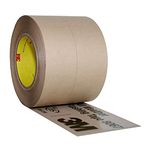
8067 All-Weather Flashing Tape

Affordable IR Camera
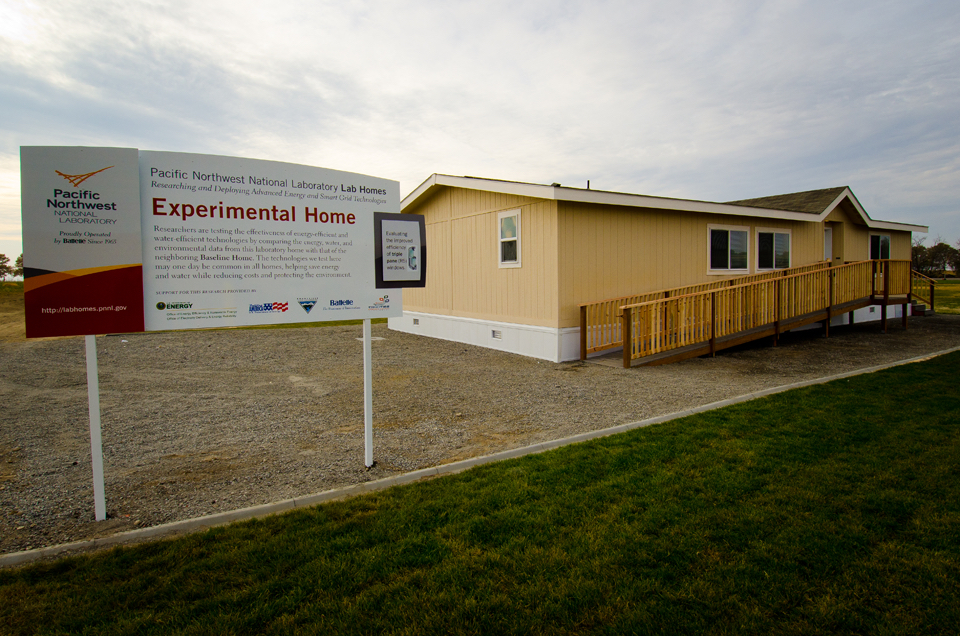
One of two test houses at the Pacific Northwest National Laboratory in Richland, Washington, where the energy savings potential of low-e storm windows was tested.

